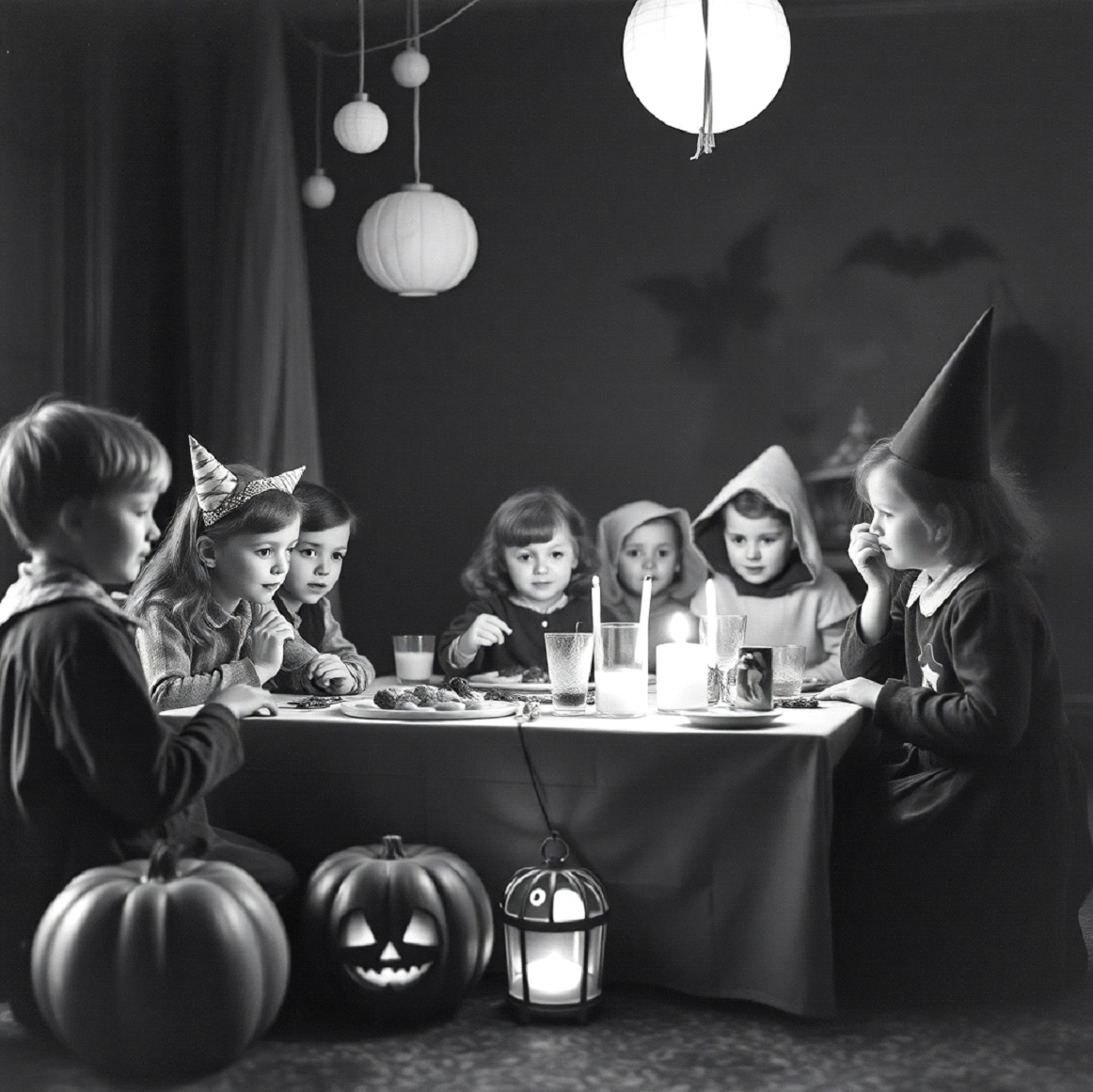Halloween used to be about vandalism, pranks and hooliganism, not children, candy and costumes. Americans invented trick-or-treating during World War II, changing this story.
Halloween traditionally celebrated mischief rather than costumes or treats, embracing its darker side, which we frequently avoid. The celebration has historically included mischief. In newspapers from 80 to 90 years ago, costumes and goodies were rarely mentioned, but tricks, primarily by children but also by adults, were. Did World War II reduce vandalism and promote trick-or-treating afterward?

Many people remember and value Halloween. Remember that Halloween has had to change over the years as we consider this year’s events. From 1942 to 1944, Americans’ Halloween activities, decorations, costumes, and community dynamics changed.
During WWII’s first Halloween in 1942, war production and enlistment increased. Fears of juvenile delinquency, drug use (especially marijuana), and criminality increased as parents worked more or were absent from their children and teens. Daily fear led to fears that Halloween misbehavior anticipated major social breakdowns. Some communities even canceled Halloween.
Smart community members choose to celebrate the occasion instead of outlawing it. They held costume parties, dances, and child-focused events to channel energy into safer, supervised settings, albeit sugar rationing limited confectionery.

Halloween images include youngsters in costumes walking around neighborhoods or parents taking them door to house, saying “trick or treat.” During the war, stories across covered Halloween festivities, mostly for kids and some adults. On October 25, 1942, Muncie, Indiana’s The Muncie Sunday Star reported an adult event with orange and black hues, black cats, and pumpkins. Guests wore masks and traversed a ghost house, earning awards for costumes.
Clubs, neighborhood groups, churches, and schools organized most children’s celebrations. Some regions banned Halloween parades and public gatherings in 1942, although private house celebrations persisted. Other towns held Halloween parades and celebrations. The Morning Call in Clifton, New Jersey, promoted a Kiwanis-organized 7:30 a.m. march for youngsters that ended at a school playground with costumes. Segregation shaped Halloween celebrations in the American South. The Raleigh News & Observer reported on October 27, 1942, separate programs for white and black youngsters.
Reimagining Halloween reduced vandalism in 1942 and started trick-or-treating after the war.
Advertisements, web searches, and store visits help kids choose costumes nowadays. Find popular 1940s costumes is harder; most photographs are from black-and-white newspaper articles published after October 30 showing homemade designs.
Local cinema theaters dressed up too. A Kansas City theater offered a Halloween costume contest with a banquet and matinee on October 31, 1942. Scrap materials donated for the war effort earned guests a popcorn bag. Halloween movies, including wartime thrillers and romantic comedies, were also popular.
Wartime concerns about Halloween pranks lingered. Newspapers reported on curfews to deter mischief-makers. Pranksters were even called enemy saboteurs by The Des Moines Register. These procedures may appear harsh today, but rationing made property protection important. According to The Town Talk in Alexandria, Louisiana, vandalism included soaping windows and overturning garbage cans. Local educators warned against vandalism verbally. Oshkosh Northwestern reported on youth activities against vandalism and scrap drives to satisfy municipal officials’ concerns.
We got sweets with the pranks. Sugar was one of the first things rationed during wartime, unlike nowadays. Halloween parties continued in households with rationed baked goodies. Before the holiday, newspapers published popcorn ball, donut, cider, and spiced cookie recipes.
Halloween still has 1940s traditions. As before the war, holiday memories of normalcy improve moods. In the 1940s, families and children creatively kept the festive spirit despite wartime limitations. Even as we face new obstacles, we may find delight and create new traditions as our communities change. Halloween is about envisioning and executing our celebrations.

